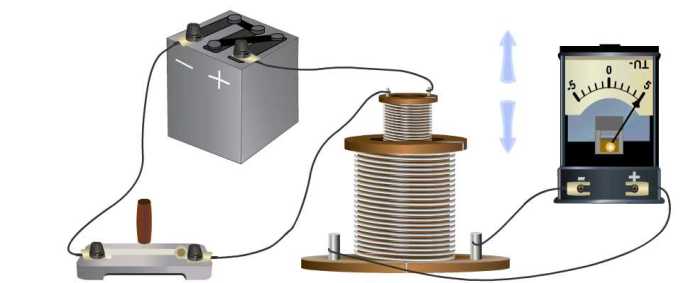Introducing the atomic structure crossword answer key, an essential tool for unlocking the mysteries of atomic structure. Delve into the fundamental components of atoms, explore electron configurations, and uncover the secrets of atomic orbitals. This guide provides a comprehensive overview, making it an invaluable resource for students, educators, and anyone eager to deepen their understanding of atomic structure.
As we embark on this scientific journey, we will unravel the periodic table’s organization, examining how atomic structure influences chemical bonding and the properties of compounds. Prepare to be captivated as we uncover the intricacies of the atomic world.
Atomic Structure Basics
An atom is the basic unit of matter. It is composed of three fundamental components: protons, neutrons, and electrons. Protons and neutrons reside in the nucleus of the atom, while electrons orbit around the nucleus.
The number of protons in an atom determines its atomic number, which identifies the element. Neutrons do not affect the atomic number but contribute to the atom’s mass. Electrons are responsible for the chemical properties of an atom.
Electron Configuration: Atomic Structure Crossword Answer Key
Electron configuration refers to the distribution of electrons in the orbitals of an atom. It is crucial in determining the chemical behavior of an element.
Electrons occupy orbitals in a specific order based on their energy levels. The first energy level can hold up to two electrons, the second up to eight, and so on.
Periodic Trends in Electron Configuration
- Elements in the same group have the same number of valence electrons (electrons in the outermost energy level), which determines their chemical properties.
- As you move from left to right across a period, the number of valence electrons increases, leading to a decrease in atomic radius and an increase in ionization energy.
Atomic Orbitals
Atomic orbitals are the regions around the nucleus where electrons are most likely to be found. They have specific shapes and orientations.
Types of Atomic Orbitals
- s orbitals: Spherical
- p orbitals: Dumbbell-shaped
- d orbitals: Complex shapes with multiple lobes
- f orbitals: Even more complex shapes
The shape of an orbital influences the energy level of the electrons it contains.
Periodic Table Organization
The periodic table organizes elements based on their atomic structure and properties.
Periodic Trends, Atomic structure crossword answer key
- Atomic radius:Decreases from left to right across a period and increases down a group.
- Ionization energy:Increases from left to right across a period and decreases down a group.
- Electronegativity:Increases from left to right across a period and decreases down a group.
These trends reflect the changes in atomic structure and electron configuration across the periodic table.
Chemical Bonding
Atomic structure plays a crucial role in determining the formation and properties of chemical bonds.
Types of Chemical Bonds
- Ionic bonds:Formed between atoms with large differences in electronegativity, where one atom transfers electrons to the other.
- Covalent bonds:Formed when atoms share electrons to achieve a stable electron configuration.
- Metallic bonds:Formed between metal atoms, where valence electrons are delocalized throughout the metal lattice.
The strength and type of chemical bond depend on the atomic structure of the participating atoms.
Clarifying Questions
What is the significance of electron configuration?
Electron configuration determines the chemical properties of elements, influencing their reactivity, bonding behavior, and position in the periodic table.
How do atomic orbitals relate to electron configuration?
Electron configuration describes the distribution of electrons in atomic orbitals, providing insights into the atom’s energy levels and chemical bonding capabilities.
What is the role of atomic structure in chemical bonding?
Atomic structure governs the types and strengths of chemical bonds formed between atoms, shaping the properties and behavior of molecules and compounds.
